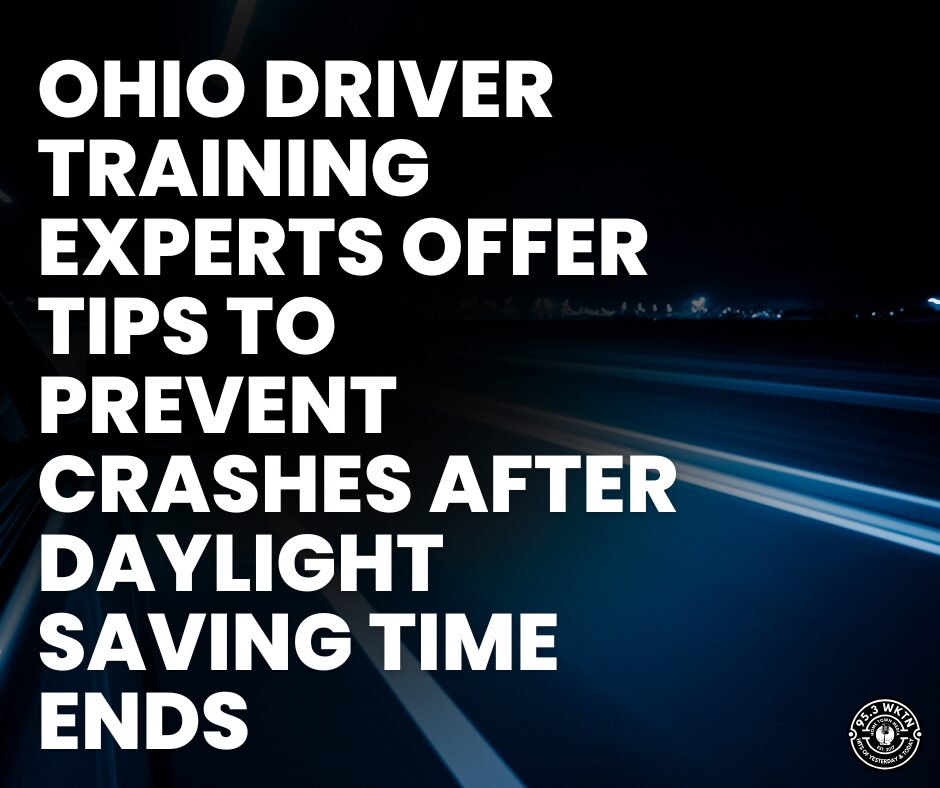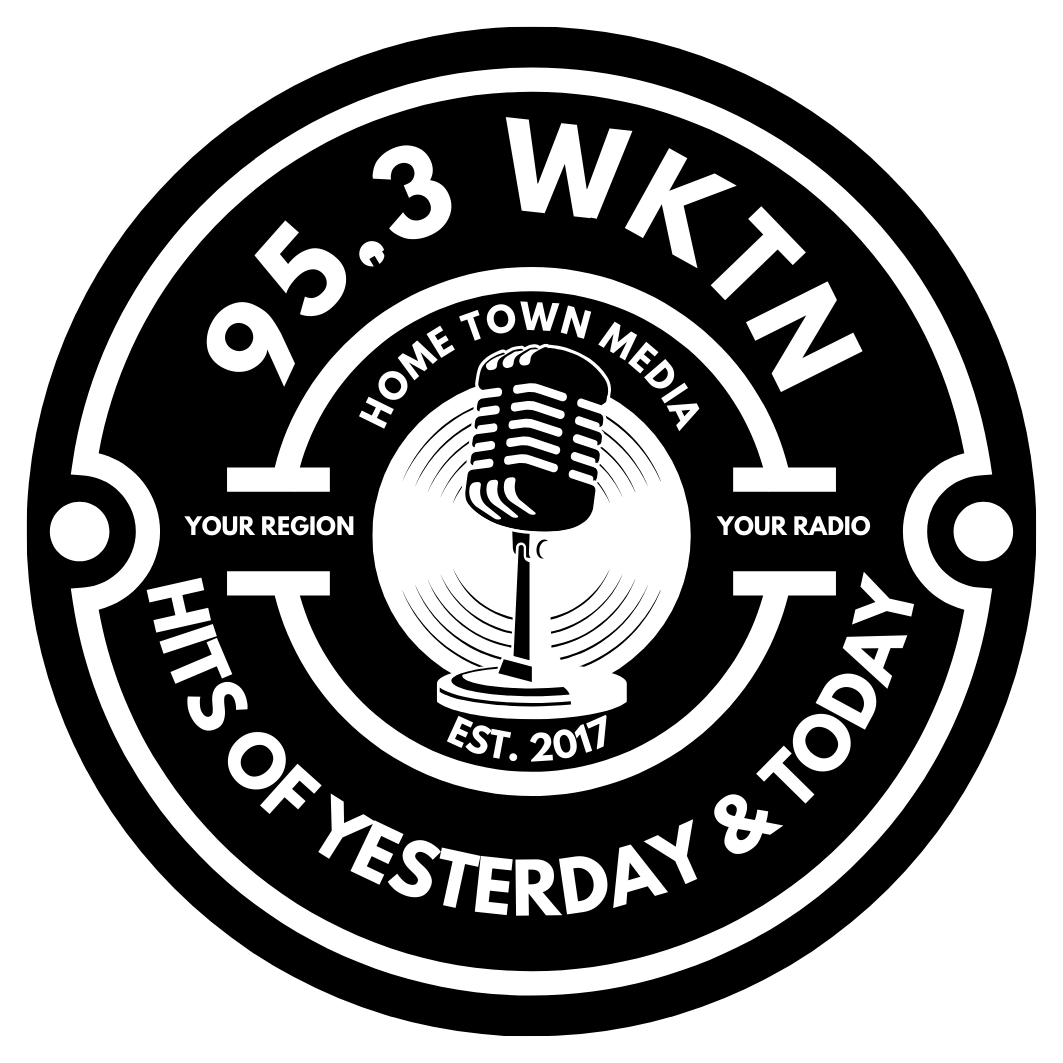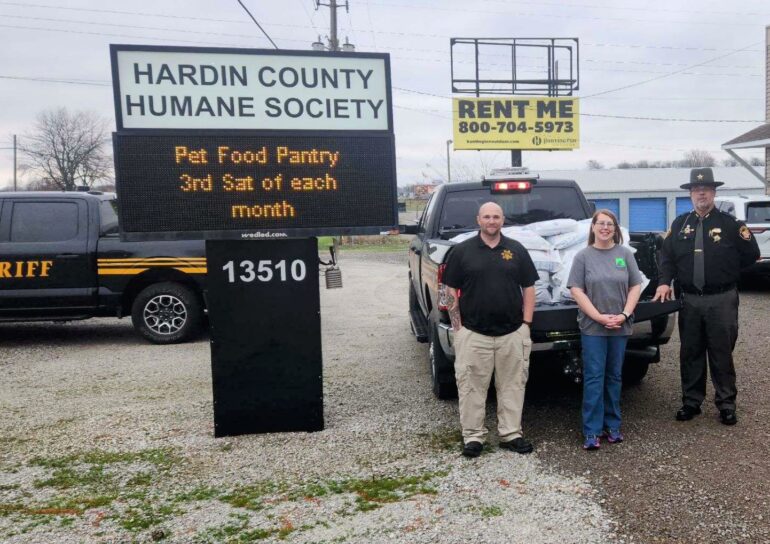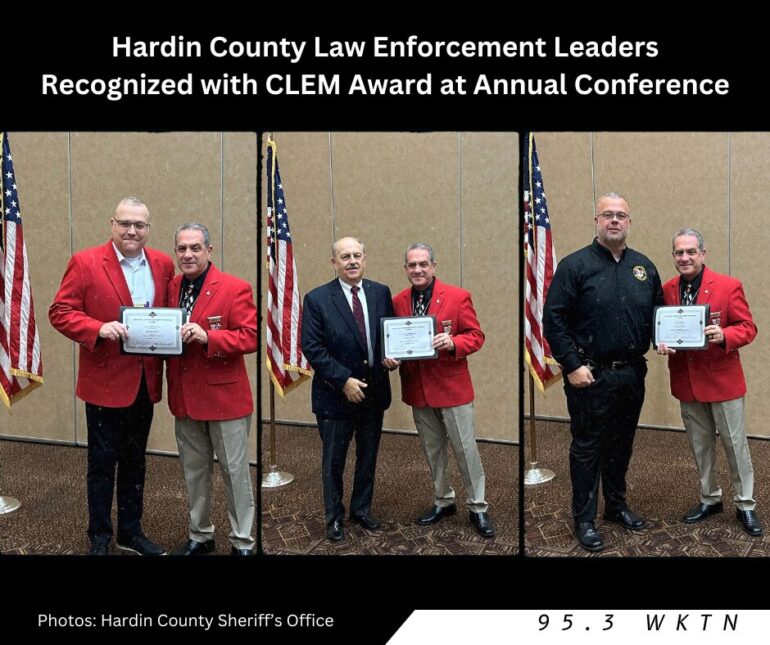Download Our Mobile App And Take WKTN With You . > > > > > > > > > > IT'S FREE!!
Ohio Driver Training Experts Offer Tips to Prevent Crashes After Daylight Saving Time Ends


The Ohio Traffic Safety Office (OTSO), a division of the Ohio Department of Public Safety, is reminding drivers about some driving hazards that can lead to crashes when Daylight Saving Time ends. For the last three years, Ohio saw an average 15.7% increase in total crashes from September to November.
Drowsy Driving: The first full week in November after Daylight Saving Time ends is the National Sleep Foundation’s Drowsy Driving Prevention Week. This is because, even though people get an extra hour of sleep the night Daylight Saving Time ends, on Sunday, Nov. 3 this year, sleep patterns are altered, which can lead to drowsy driving.
- Fatigue can impair your vision and perception behind the wheel, leading to a slower reaction time and errors in judging speed and distance.
- OTSO is responsible for the Ohio Driver Training Curriculum, which suggests some measures to reduce the effects of fatigue, including taking frequent breaks during long driving trips, opening the windows, keeping your eyes moving, and listening or singing to music.
Changing Daylight Conditions: When Daylight Saving Time ends, many people also find themselves driving home from work in the dark. In general, with fewer hours of daylight during the fall and winter months, drivers spend more time driving in the dark. Reduced visibility can increase crash risk. The Ohio Driver Training Curriculum recommends the following to stay safe while driving with less daylight:
- Increase visibility by ensuring your headlights, taillights, and windshield wipers are working properly. Under Ohio law, your headlights must be on between sunset and sunrise and when your windshield wipers are on.
- Don’t outdrive your headlights. Low beams have 180 feet of visual space, and high beams have 350 feet. Maintain a cautious and reasonable speed in dark conditions.
- The angle of the sun in fall can cause significant glare and affect a driver’s vision and reaction time. Keep sunglasses handy and use your vehicle’s visors to deflect glare.
Wildlife Activity: Fall is peak time in Ohio for deer-related crashes during breeding season. This increased activity results in deer crossing roadways with little caution, especially at dawn and dusk.
- Scan the road ahead so you have more reaction time if an animal is spotted. Some animals, like deer, move in groups, so when there is one, there are usually more in the area.
- If a crash is unavoidable, apply the brakes firmly and remain in your lane. Swerving to avoid an animal can often cause a more serious crash or cause you to lose control of your vehicle.
No matter the season, – drivers should never drive distracted or impaired and always wear their seat belt.
Written by: WKTN Staff
Copyright WKTN-Home Town Media | Public File | FCC Applications | ADMIN | 112 N. Detroit Street, Kenton, OH 43326 | 419-675-2355


